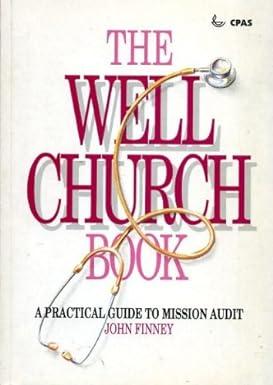Question
(5 marks) Use the information below from Note 12 Inventories and answer the following: a. Prepare a journal entry to record the write-down of inventories.
-
(5 marks) Use the information below from Note 12 Inventories and answer the following:
a. Prepare a journal entry to record the write-down of inventories.
b. Give two examples and explain why a write-down of inventories is necessary for Loblaw.
Note 12 Inventories
For inventories recorded as at December 31, 2016, the Company recorded $22 million as an expense for the write-down of inventories below cost to net realizable value. The write-down was included in cost of merchandise inventories sold.
-
f) (3 marks) Calculate the debt-to-equity ratio for 2016. Explain what this ratio measures and why creditors want to see this ratio.
-
g) (10 marks) Answer the following questions:
-
Loblaw has unlimited number of authorized shares on each class of shares. Why
do many companies today prefer to have an unlimited authorized number of
shares? (2 marks)
-
List and explain three differences between common shares and preferred shares.
(3 marks)
-
Based on the information available, are you able to determine the net income for
the year ended December 31, 2016? Show your detailed calculations or explain
why not. (2 marks)
-
The unit price for Loblaws common shares was $70.33 on December 31, 2016
and $63.92 on December 31, 2015. Note 24 Share Capital (not provided) indicated the following:
What is the dividend yield for common shareholders in each of 2016 and 2015? If you are a common shareholder, are you happy to see the change and why? (3 marks)

-
Step by Step Solution
There are 3 Steps involved in it
Step: 1

Get Instant Access to Expert-Tailored Solutions
See step-by-step solutions with expert insights and AI powered tools for academic success
Step: 2

Step: 3

Ace Your Homework with AI
Get the answers you need in no time with our AI-driven, step-by-step assistance
Get Started


